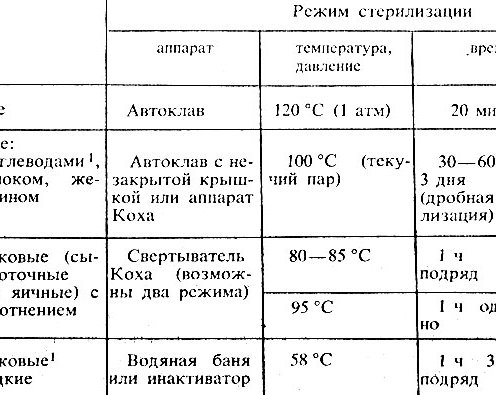Basic Microbiology Environments

3. Enteroccus Bacteria. Proteus Bacteria.
4. Clostridium perfringens. Termophiles. Salmonella Bacteria. Colifage.
5. Sanitary microbiological study of soil.
6. Elementary microorganisms. Groups of soil microorganisms.
7. Indicative microorganisms for soil sanitary assessment.
8. Health objectives- microbiological soil research. Soil analysis.
9. Sanitary microbiological study of water. The microwave of water bodies.
10. Autochton microflora of open water bodies.
These methods provide for the application of two criteria, which can be indirectly judged by the possible presence of the driver in the external environment: the total microbial number (MH) and the contents of the health-care microorganisms (SMs).
OMH is determined by counting all microorganisms (in nutrients) in 1 g or 1 ml of substrate. Using this criterion, it is generally assumed that the greater the object is polluted by organic substances, the higher the MPH and the likely presence of pathogens. For example, OMF for water should not exceed 100. However, this is not always the case: OMH may be large with saprophytes, and pathogens may not exist, or the predominance of saprophytes significantly reduces the survival time of pathogens in the outside environment. Therefore, to treat OMH more adequately as an indicator of the intensity of ambient pollution by organic substances.
Sanitary evidence refers to micro-organisms, which can be indirectly judged by the possible presence of pathogens in the outside environment. In their definition, it is assumed that the more the object is contaminated with human and animal releases, the more the SPM and the likely presence of pathogens. The SPM content shall be determined by two methods.
Direct Bacteria count♪ Special cameras (e.g. Petrov or Gelber) or special electronic counters. The method is used in urgent cases where an urgent response is needed on the quantification of bacteria (e.g. water-related accidents, assessment of the efficiency of treatment plants, etc.). Putting on nutrients. Less precise, because only groups of micro-organisms that grow under a given regime (in certain nutritious environments and temperatures) are detected. The SPM content is expressed in treads and indices.
Microorganism tilt - the smallest amount of the surveyed material (in ml) or the weight (in g) in which at least one individual of the hygienic microorganisms has been detected.
The index of sanitary microorganisms is the number of SPMs detected in a certain amount or number of objects under investigation. For drinking water, 1 g. The index is the value, the reverse titru.
Knowing one, you can count another.
Basic characteristics of hygienic micro-organisms
♪ Sanitary and visual micro-organisms must be permanently located in the natural fields of humans and animals and permanently distributed in the external environment.
♪ Sanitation micro-organism must not be multiplied in the external environment (excluding food products), or its reproduction is small and short-term.








